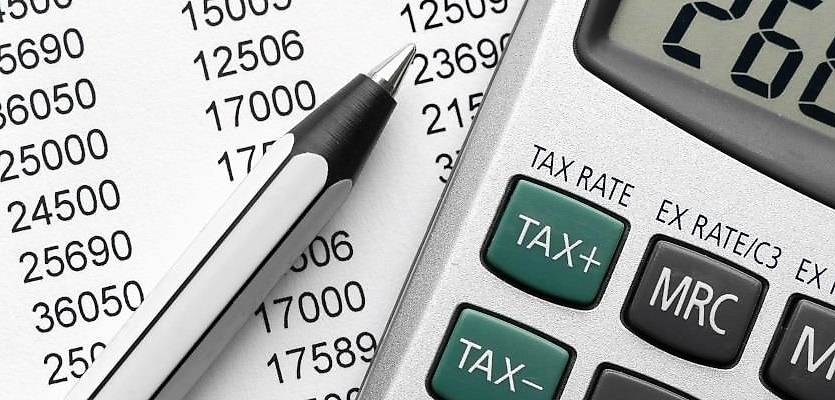The latest CoreLogic Property Pulse has revealed the ups and downs of how the housing market fared over financial year 2016-17.
Over the previous financial year just past, CoreLogic stated that combined capital city dwellings rose 9.6 per cent, a greater increase than financial year 2015-16, which saw a rise of 8.3 per cent.
Cameron Kusher, research analyst at CoreLogic, said combined capital city dwelling values have increased over the last five financial years in a row.
“Two of the primary factors influencing the rebound in capital gains during the most recent financial year were the increase in investment activity after 2015-16 which saw investment activity slow on the back of changed prudential policies implemented by APRA, as well as successive rate cuts in May and August last year that added further incentive to property buyers,” Mr Kusher said.
He added that the macroprudential policies announced in May this year would likely result in a similar, “if not more pronounced”, slowdown in investment activity.
When looking at individual capital cities however, CoreLogic noted most capital cities saw growth accelerating when compared to previous financial years, except for Brisbane and Darwin.
Looking at each capital city:
Sydney saw a 12.2 per cent rise in dwelling values, being the fifth year in a row with a rise, doing better than the financial year following at 11.3 per cent.
Melbourne, like Sydney, saw the fifth rise in a row, with a rise of 13.7 per cent, the largest increase since financial year 2009-10.
Brisbane saw a rise of 2 per cent, down from 5.3 per cent the financial year before the one just past. While Brisbane tracked five years of rises, financial year 2016-17 had the slowest rate of growth since financial year 2012-13.
Adelaide had a rise of 2.4 per cent, an improvement of the financial year before with 2.1 per cent. Following the trend, financial year 2016-17 was the fifth year in a row of increased values for the state.
Perth saw dwelling values fall by 1.3 per cent, a consistent trend over the last three financial years, yet a unique occurrence for the last 20 years, as Perth had not experienced three falls in a row. However, the rate of the fall has slowed, compared to the 4.7 per cent fall of financial year 2015-16.
Hobart saw an increase of 6.8 per cent, the greatest for a financial year since financial year 2005-06, where dwelling values rose by 8.5 per cent.
Darwin, like Perth, experienced a fall for the third financial year in a row, which fell 7 per cent. This has been the largest fall since financial year 2010-11, where dwelling values fell by 12.6 per cent.
Canberra saw values rise by 9.6 per cent over the last financial year, the greatest value rise since 2009-10, which saw an increase of 13.3 per cent.
Looking to the future, Mr Kusher expects the new financial year 2017-18 to have a smaller rate of capital gains.
“Coupled with affordability constraints and higher mortgage rates, we expect the 2017-18 financial year will record a less substantial rate of capital gains than what was seen in 2016-17,” he said.









You are not authorised to post comments.
Comments will undergo moderation before they get published.